The Water Pump, designed by Poul Henningsen in the 1950s, is a classic adjustable floor lamp with the anti-glare ingenuity of the Louis Poulsen PH three-shade system – in warm amber-coloured glass.

December 12th, 2019
Poul Henningsen’s remarkable legacy in Danish design – particularly with Louis Poulsen – stems from a straightforward vision, but one that is too often overlooked: that the primary purpose of design is to make life better. It’s what led to the development of Henningsen’s revolutionary three-shade lamps in the 1920s – based on the anti-glare philosophy that has become the core of Louis Poulsen’s products through the decades.
The three-shade system was a response to the unfathomably bright atmosphere that entered Danish living spaces with the introduction of electric lighting in the late nineteenth century. Henningsen’s system, the genesis of the classic Louis Poulsen PH lamps, allowed a return to the much softer, non-glary light of candles, fireplaces and kerosene lamps.

Despite the cleanliness and convenience of electric light, there’s one thing the candle offered that the overhead incandescent bulb could not – a cosy glow anywhere you needed it. The PH system was developed into floor and table lamps, but taking those personalised light sources a step further, Henningsen also designed an adjustable floor lamp that would allow a warm, personalised light source to be present at just the height and angle one needs.
A moveable lever-like arm, reminiscent of the levers of traditional water pumps, is what earned the PH 3/2 Amber Coloured Glass Floor Lamp the additional title of The Water Pump. Designed in the 1950s and now available as a limited-edition collectors’ item, The Water Pump offers the anti-glare ingenuity of the PH three-shade system in warm amber-coloured glass, as well as personalised adjustability and control.

The light produced by The Water Pump is soft, diffuse and warm thanks to the amber-coloured glass of the mouth-blown shades. The majority of the glare-free light is directed downwards, but the distribution is diffuse thanks to the translucency of the shade. The glass is glossy on the outer surface of the shades and sandblasted matt on the underside, which creates a warm and inviting glow.
The untreated brushed brass stem, arm and base contribute to this warm character, as does the brown fabric cord. The switch design dates back to Henningsen’s 1927 table lamps. It’s positioned at the end of the arm, and the 2019 limited editions feature Henningsen’s initials engraved beneath the switch.
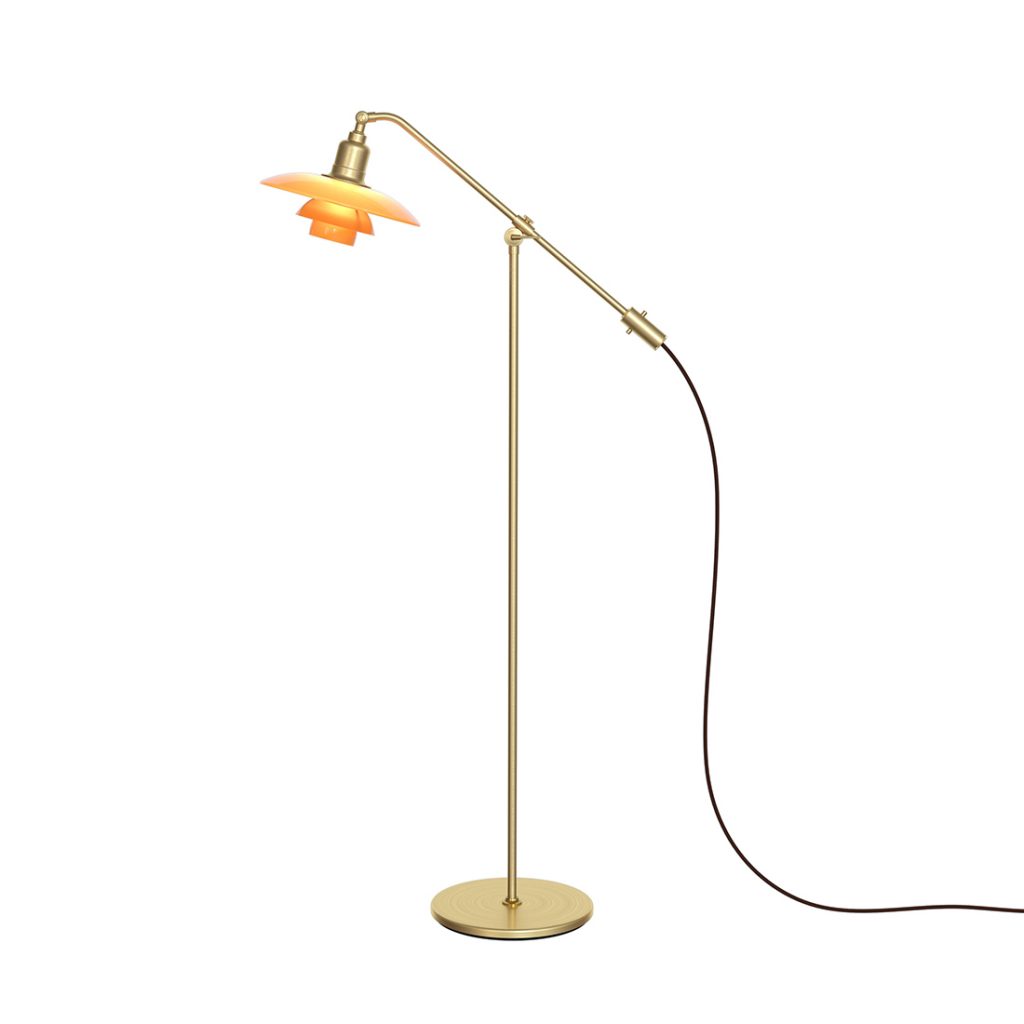
The Water Pump is available from Louis Poulsen until the end of 2019.
INDESIGN is on instagram
Follow @indesignlive
A searchable and comprehensive guide for specifying leading products and their suppliers
Keep up to date with the latest and greatest from our industry BFF's!

London-based design duo Raw Edges have joined forces with Established & Sons and Tongue & Groove to introduce Wall to Wall – a hand-stained, “living collection” that transforms parquet flooring into a canvas of colour, pattern, and possibility.

Rising above the new Sydney Metro Gadigal Station on Pitt Street, Investa’s Parkline Place is redefining the office property aesthetic.
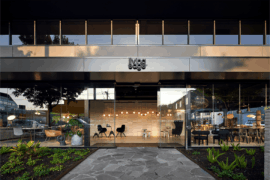
For Aidan Mawhinney, the secret ingredient to Living Edge’s success “comes down to people, product and place.” As the brand celebrates a significant 25-year milestone, it’s that commitment to authentic, sustainable design – and the people behind it all – that continues to anchor its legacy.
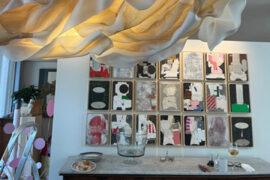
Held in a private Melbourne residence, Fletcher Arts’ annual exhibition unites over 30 Australian artists and designers in a setting where art meets architecture.
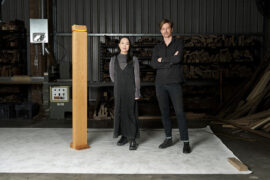
AHEC’s KEEP exhibition at Cult Sydney sees six Australian architects craft lasting furniture pieces, on view until 4th October.
The internet never sleeps! Here's the stuff you might have missed
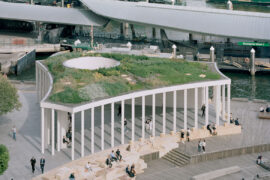
Pier Pavilion by Besley & Spresser provides a refreshing, architecturally thoughtful and versatile public space by the water at Barangaroo.

Entertaining outdoors is fundamental to Italian culture, and homes, hotels and restaurants embrace patios, terraces and gardens that celebrate scenery, climate and comfort.
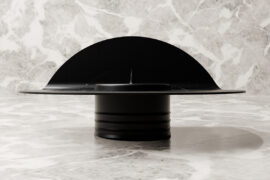
The FlexiFlange leak control flange is set to revolutionise the task of installing drainage systems alongside vertical surfaces like walls and floor junctions.
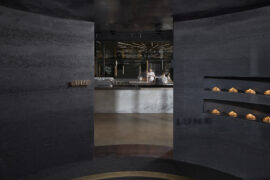
Cieran Murphy has been awarded The Photographer – Commercial at the INDE.Awards 2025. His work on Lune Rosebery captures the immersive design and storytelling of the space, highlighting the interplay of form, material and atmosphere in this contemporary culinary destination.